Population and Social Characteristics
This Is How Some People Survive on as Little as $2 Per Day
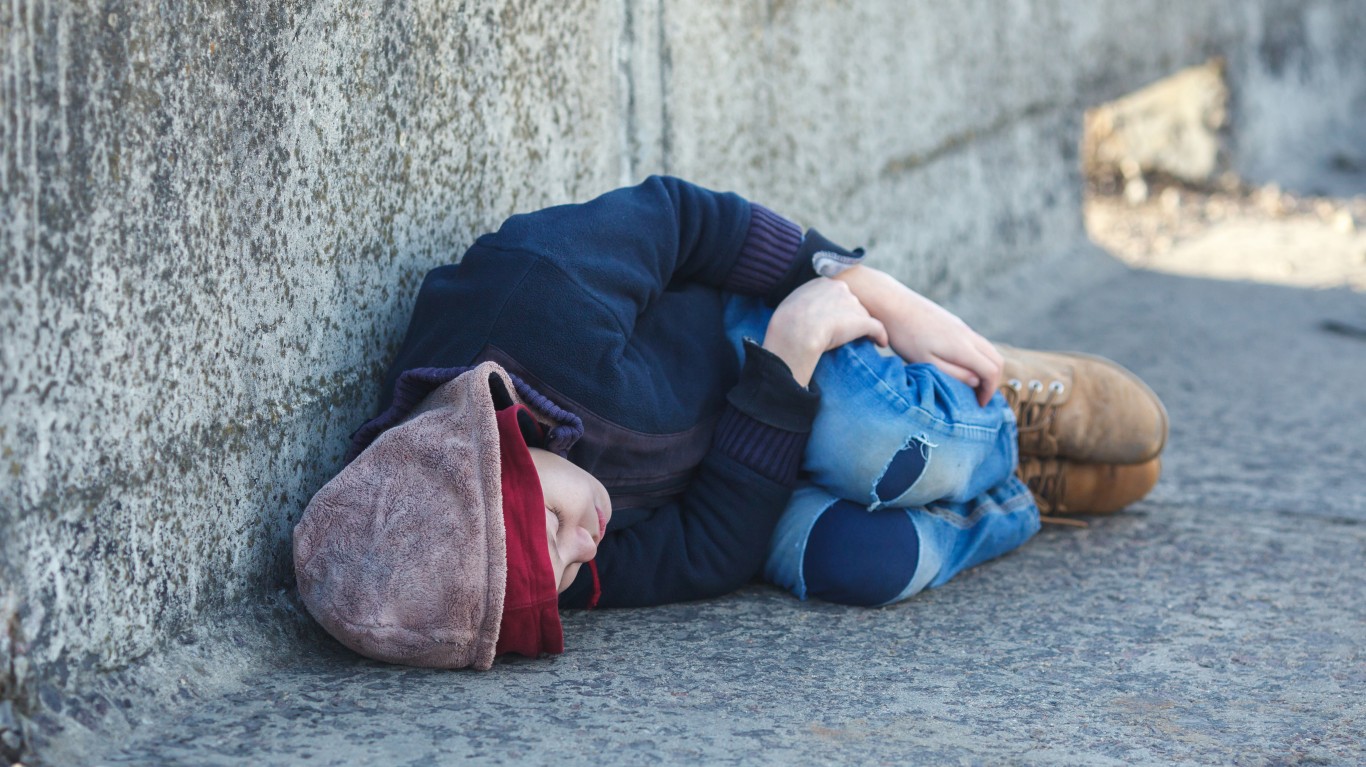
Published:

Over 700 million people in the world today live on less than $2 a day, which is the threshold researchers use for extreme poverty. How can a person possibly survive on so little? The tragic truth is, in many cases they don’t. But for those who do, here are some of the survival strategies they use. While it can be easy to judge them from a position of abundance, none of us really knows the lengths we might go to if we or our families were on the edge of starvation.
24/7 Wall St. Insights
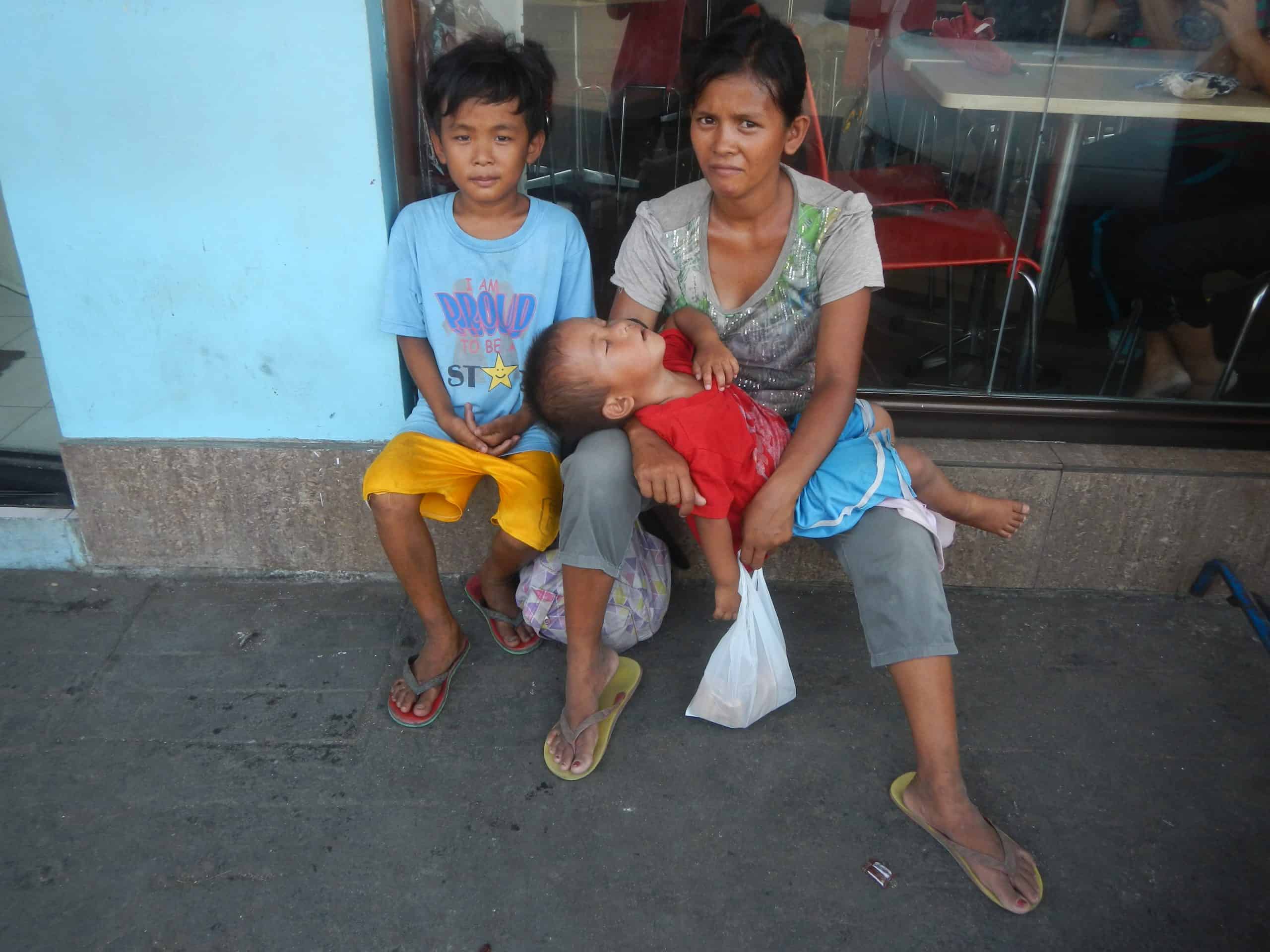
Most people living on $2 a day or less are in Sub-Saharan Africa. About 40% of children in this region fit into this category. The region is prone to drought, conflict, poor hygiene, and unchecked spread of dangerous diseases like HIV/Aids. Another global center of grinding poverty is the Indian subcontinent, Including Pakistan, India, and Bangladesh.

Mass poverty comes from macroeconomic and political issues that are beyond the control of individuals. This can include an unstable economic and political situation in the country, lack of education and health care, poor infrastructure and lack of basic services like transportation, sanitation, and electricity. It can also result from civil unrest and warfare.
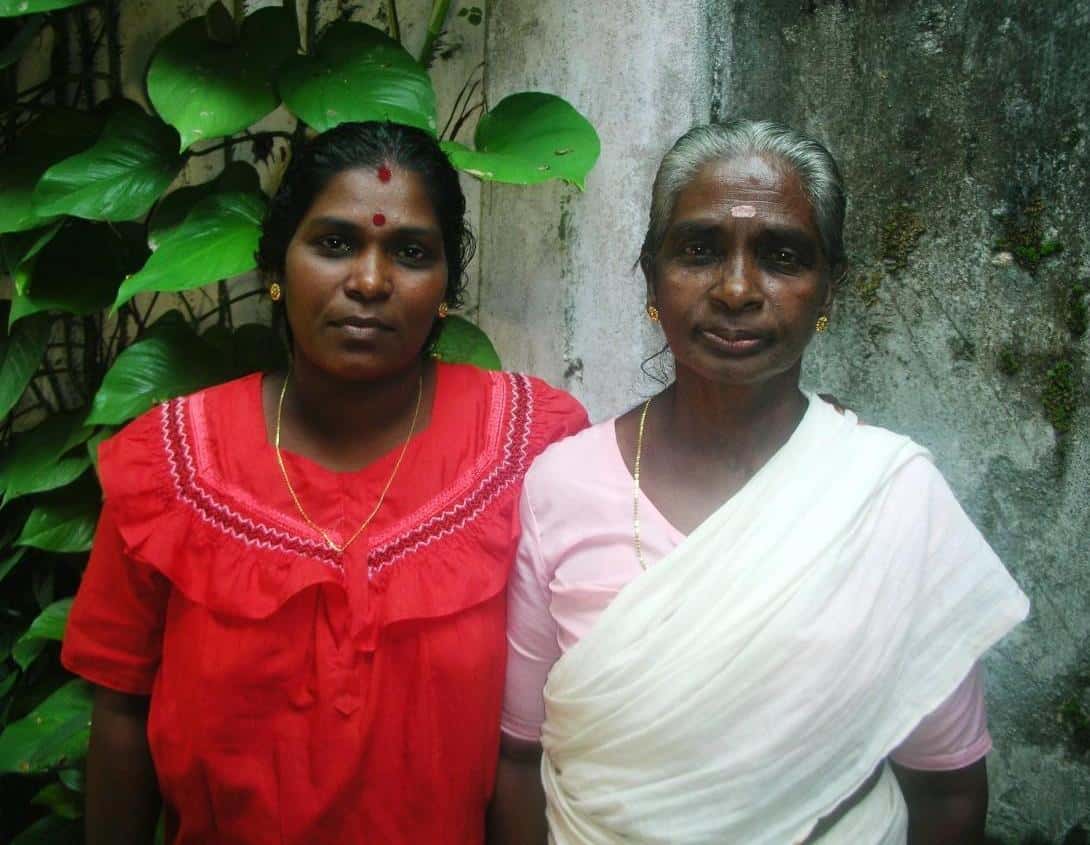
In some countries certain ethnic groups or demographic categories are systematically excluded. An example of this is the Dalit, or “untouchable” people group at the extreme low end of the Indian caste system. Some countries also discriminate against religious or ideological groups the government does not favor.
Next up: survival strategies of the extremely poor.
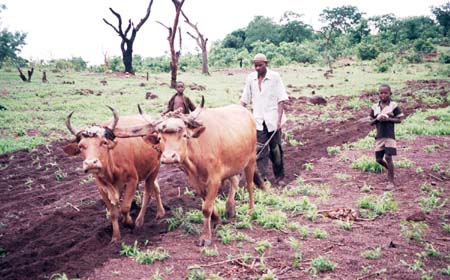
In much of the world, impoverished people raise their own food. As the land becomes exhausted of nutrients from over-farming, they may move on to other areas, including removing rainforest for temporarily more fertile land.
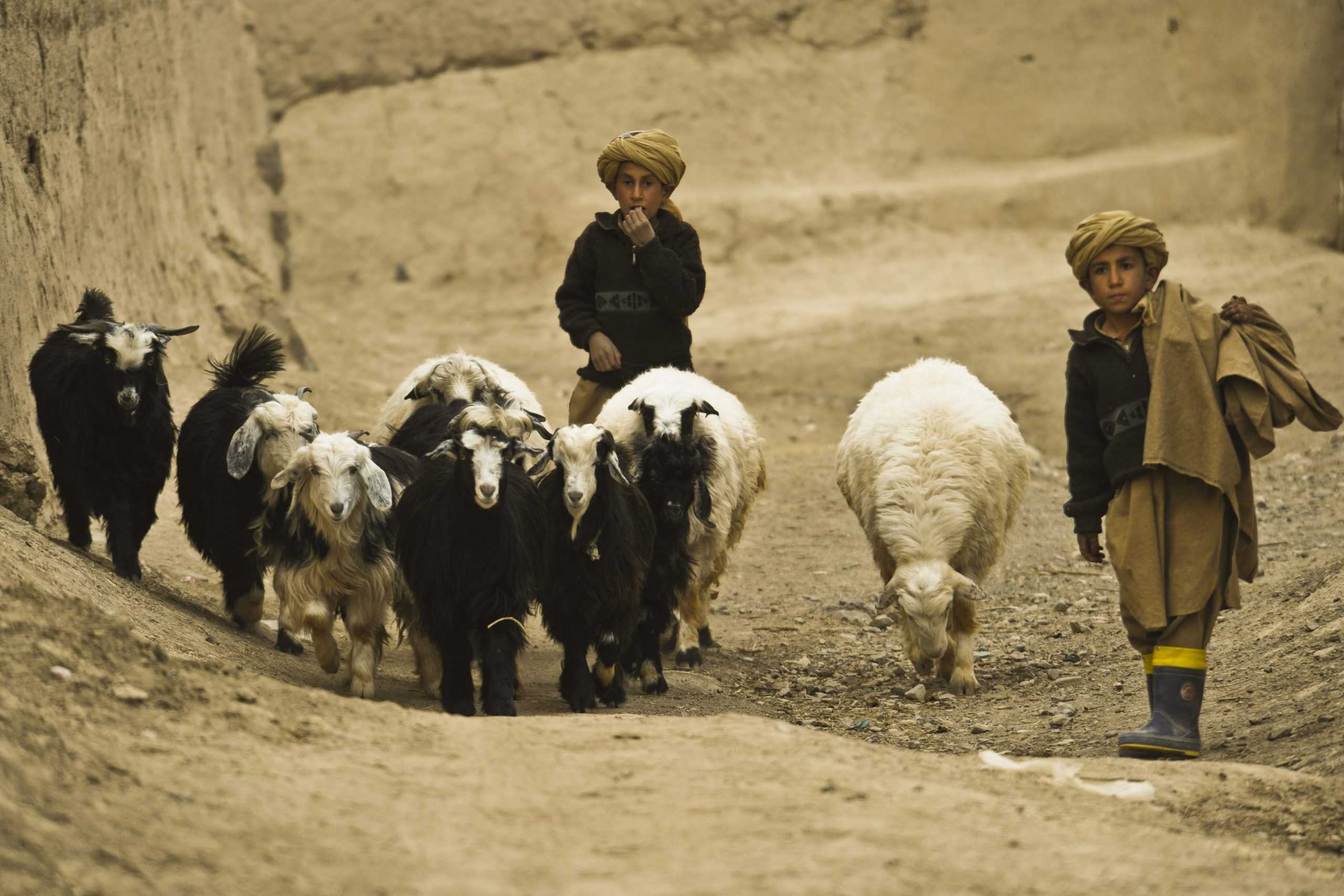
Raising livestock is another survival strategy. Sheep and goats can provide milk, wool, leather, and meat and are hardy in arid climates. But if the animals are not herded from place to place, they can turn a savanna into a desert.
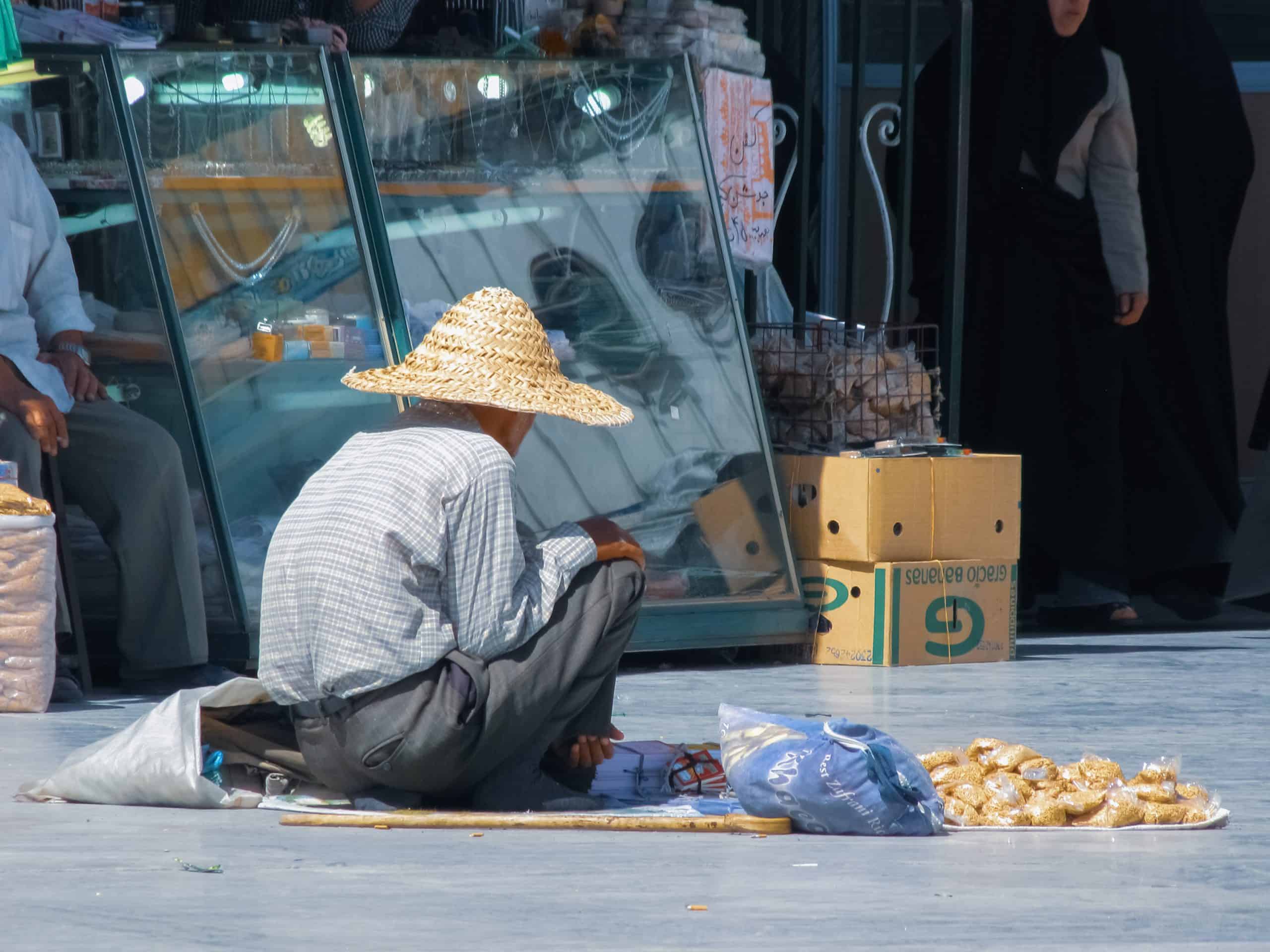
People might sell food, crafts, firewood, things they have made, or things they scavenged. They might also provide street-side services like washing car windows, shining shoes, or giving haircuts. In areas with tourists, they might offer to transport luggage, act as tour guides, exchange money, or provide other services.
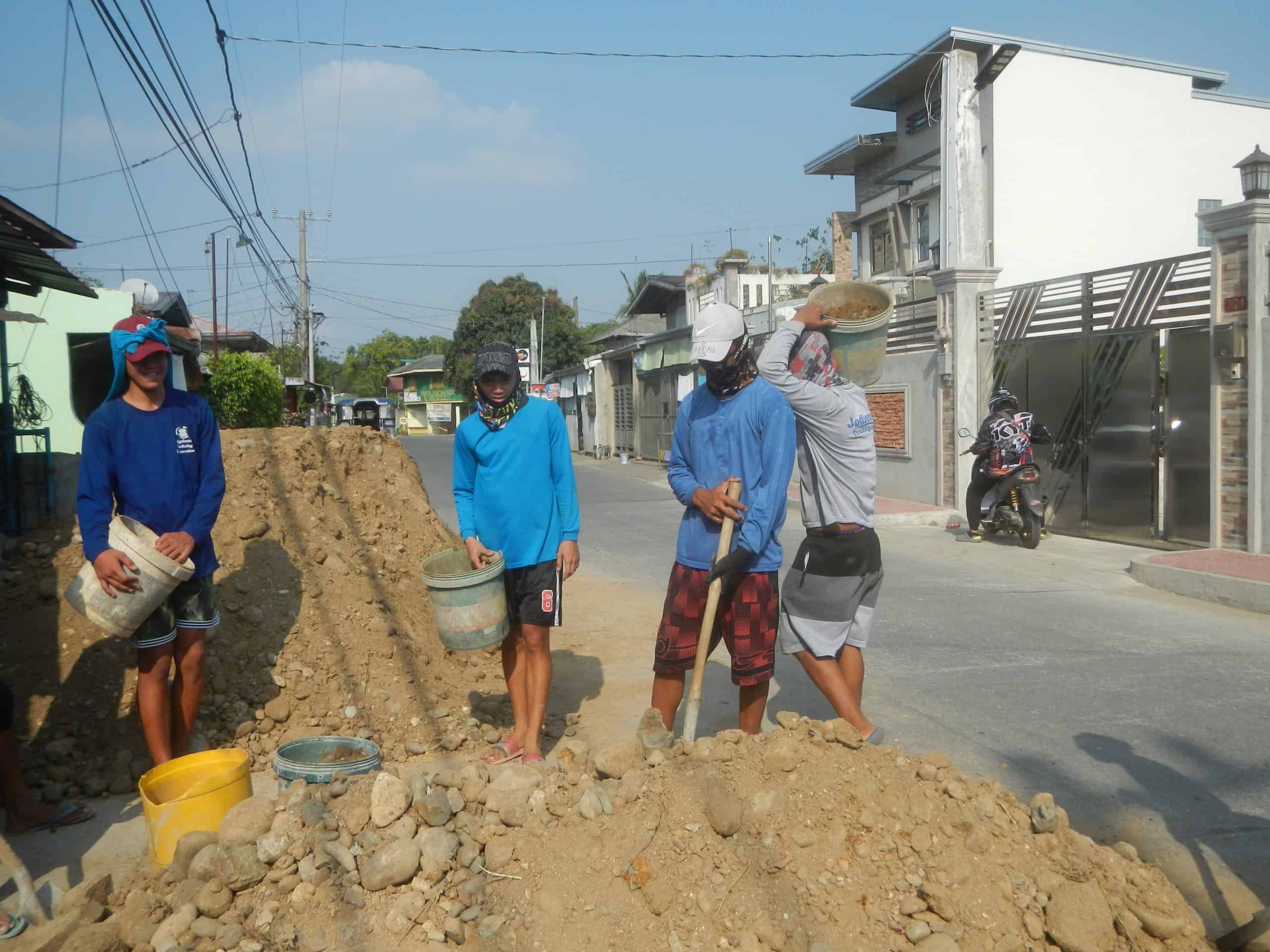
Physically capable people often seek out manual labor: carrying heavy loads, cleaning, construction, landscaping, demolition, and factory work. All able-bodied members of the family may have to work to contribute to the family expenses.
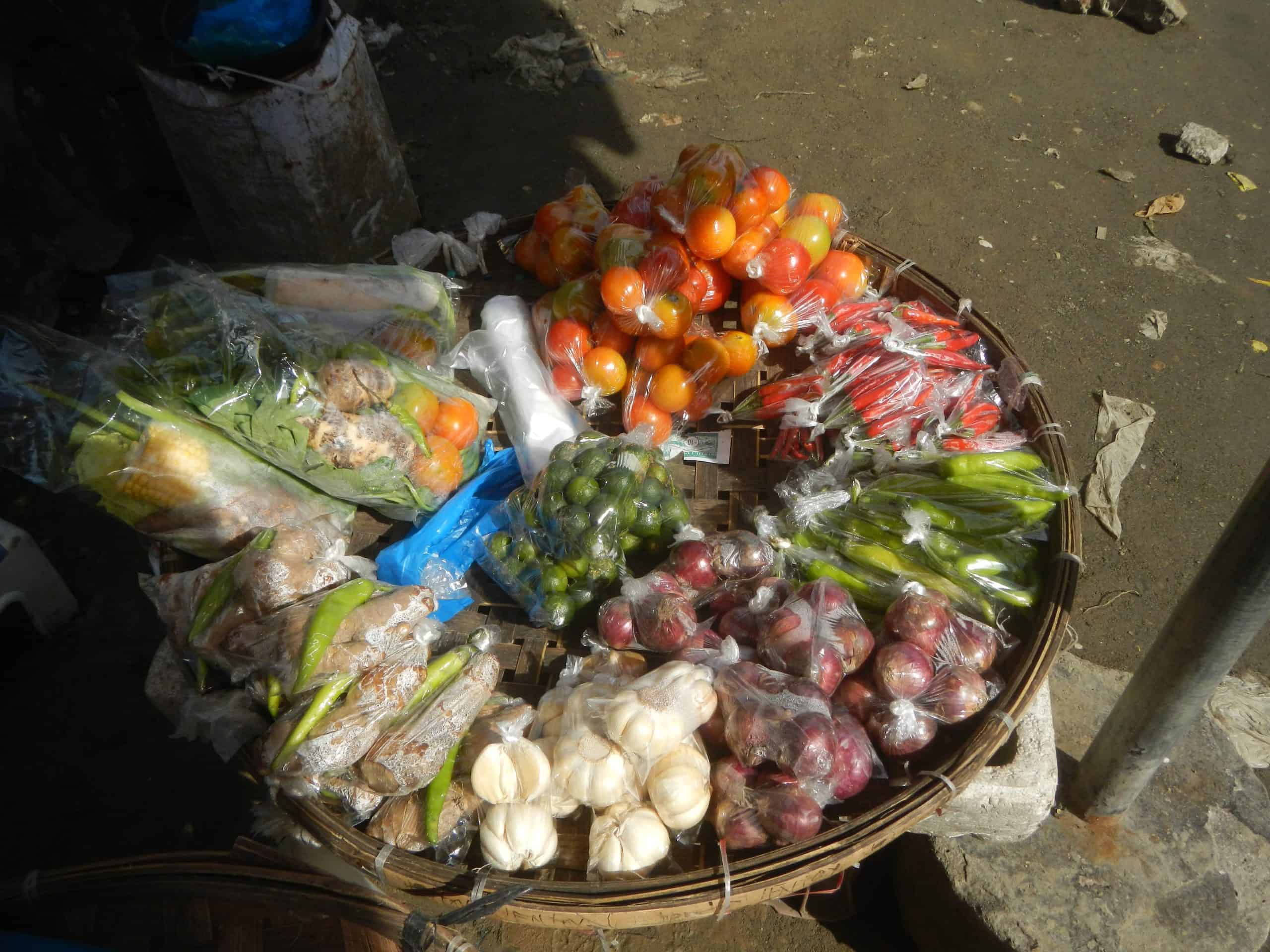
Lacking money, most poor people engage in bartering in their community, exchanging work, food, and possessions with one another to take care of their needs.
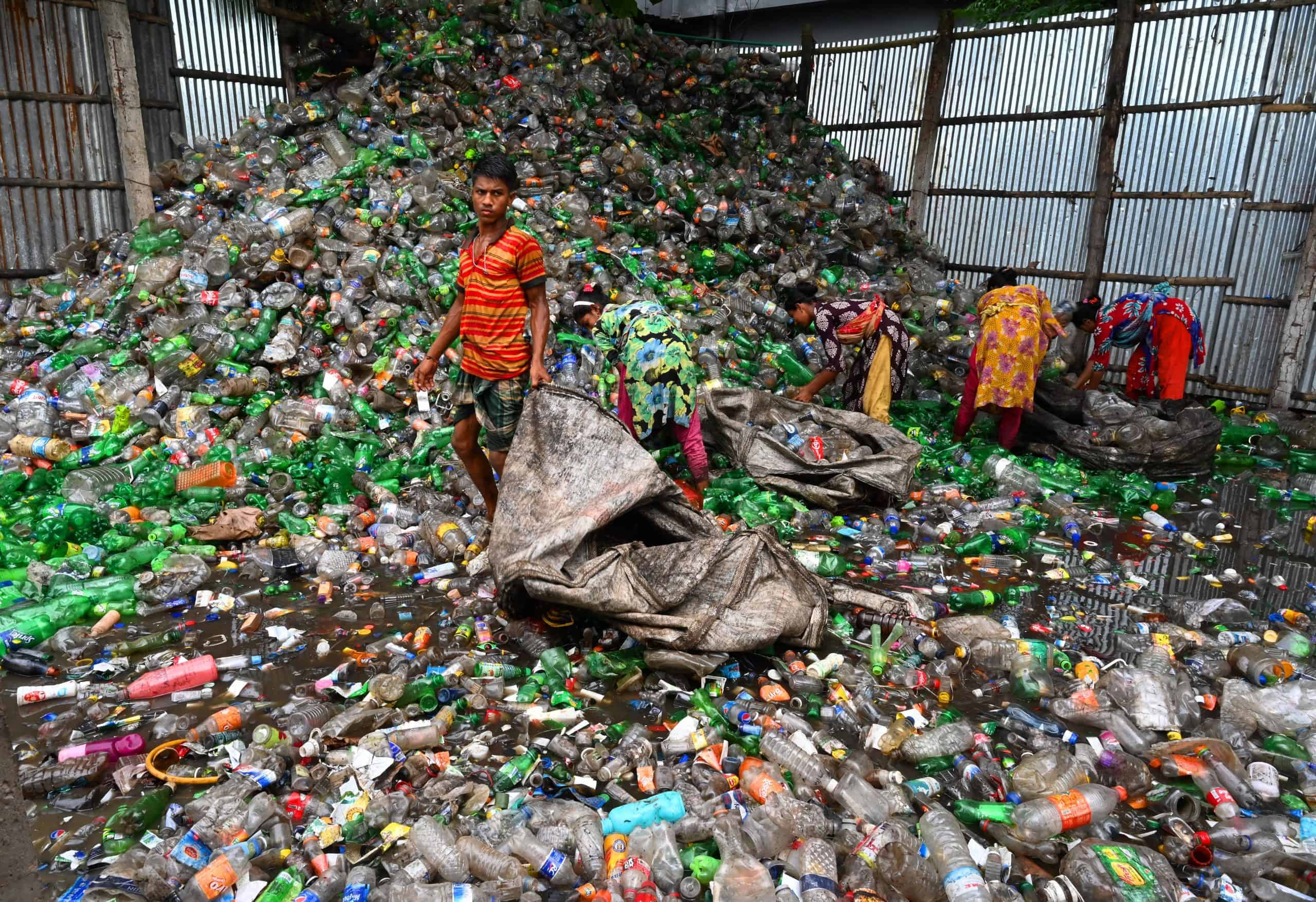
Foraging can include finding food that grows wild, like berries, mushrooms, insects, grubs, etc. It can also include gathering discarded human products, such as food from trashcans, recyclable bottles and cans, or potentially useful things from dumps to use, barter, or sell.

In rural areas, hunting and fishing are often prime means of supporting oneself and one’s family. Sometimes this is not just for food but for valuable animal products that can be sold for a profit, like colorful bird feathers, ivory, furs, or animal parts that are valued in traditional medicine. This is a significant factor in the number of endangered species in the world today.
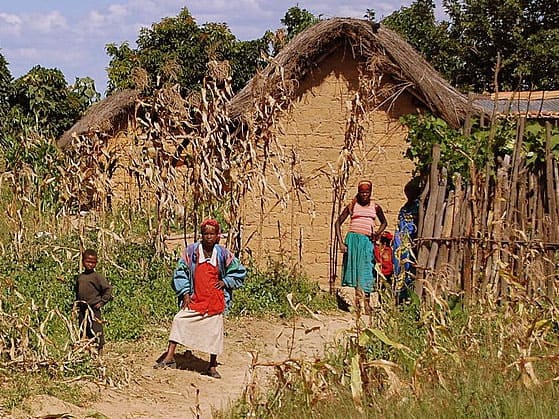
Usually people in the most extreme poverty don’t have wealth relatives, but it does happen, and sometimes they can be counted on to provide some assistance. Sometimes a member of the family is able to find comparatively good-paying work with a foreign NGO, or move abroad for work and send money home. People in poor communities often assist one another as they are able.
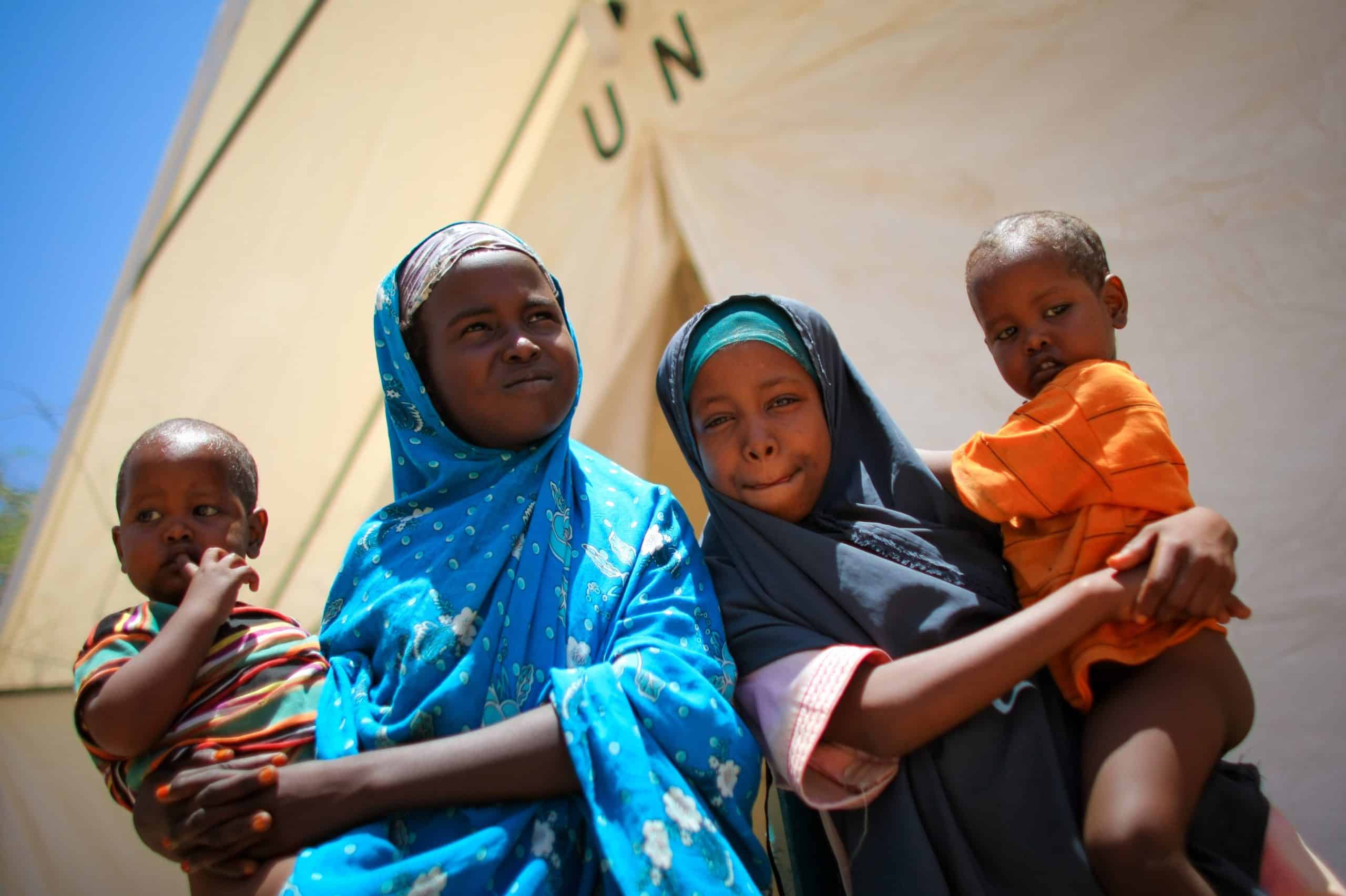
In the most impoverished countries, social services provided by the government are limited or nonexistent. In some of these countries international NGOs or religious organizations channel foreign assistance into economically distressed areas. This might include free clinics, literacy programs, job training, or microloans for small business startups.

Millions of people are displaced from their homes due to war or natural disaster, including droughts and famines. Others may choose to migrate someplace else in normal times to take a chance on improving their everyday situation. Members of a family may move to a city in their country in search of work or seek an opportunity to work abroad. Families might migrate over international borders, with or without legal documentation.

In a rural economy, children help herd livestock, gather food, and do basic tasks from an early age. In a more urbanized setting, they may also be used for factory work and other kinds of dangerous labor. Poor families sometimes marry daughters off young, send them to work for a wealthier family, or sell them outright as slaves.
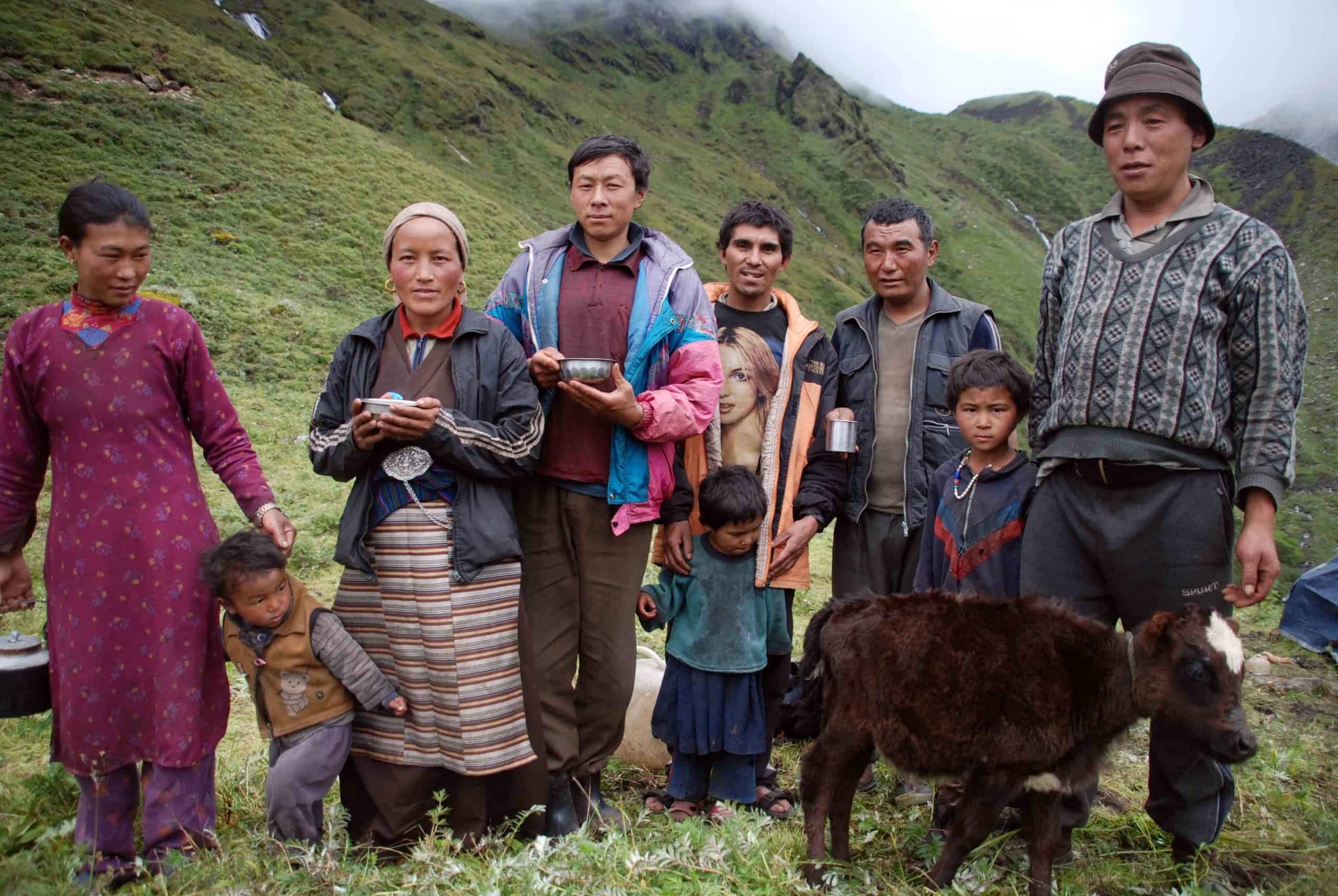
In some countries, a family might borrow money from a business for an essential expense, such as a life-saving medical treatment, and be obligated to repay the loan at an extraordinary interest rate by working for the enterprise. As the debt continues to grow despite their labor, other family members may be brought in to help work it off as well, until the whole family is permanently enslaved, receiving only the most basic necessities from the company.
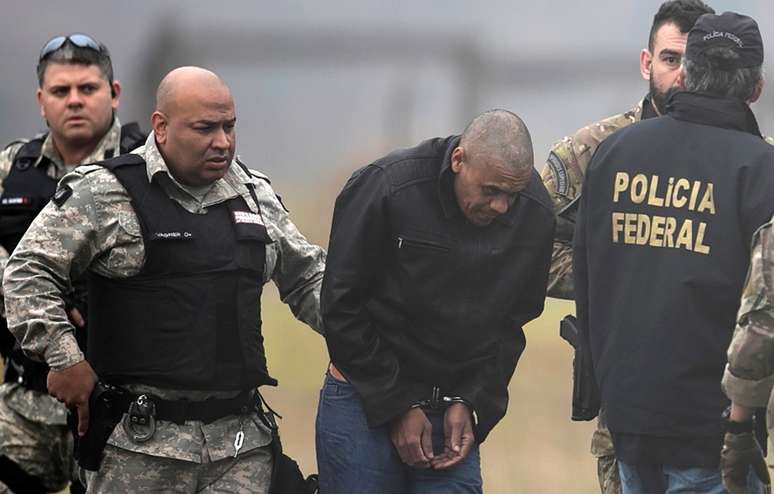
Understandably, faced with desperate choices, some people turn to property crimes to steal what they need, or something valuable that could be sold. It can seem to them not even morally wrong to take from someone who obviously has much more than they need, like a foreign tourist, to prevent their children from being malnourished.

Selling drugs is one of the most lucrative criminal pursuits for people in poverty. Some people serve as couriers or lookouts for drug dealers. Others might buy and sell drugs themselves. And all too often, they might sample their own product and become addicted, compounding the problems in their life and their economic distress.

Both males and females may turn to sex work to support themselves. Horrifically, this life is often the result of children being sold by their families slavery. This trade is not something that is only the responsibility of people who are physically in contact with them. Money also flows into this trade from people clicking on online pornography, attracting advertising dollars to popular sites and increasing demand for illicit photos and videos.

Sometimes the opportunity presents itself for a person in poverty to participate in fraud or scams, in person or online. There are an endlessly inventive number of these, some of them quite sophisticated and involving internet and phone contacts with people around the world.
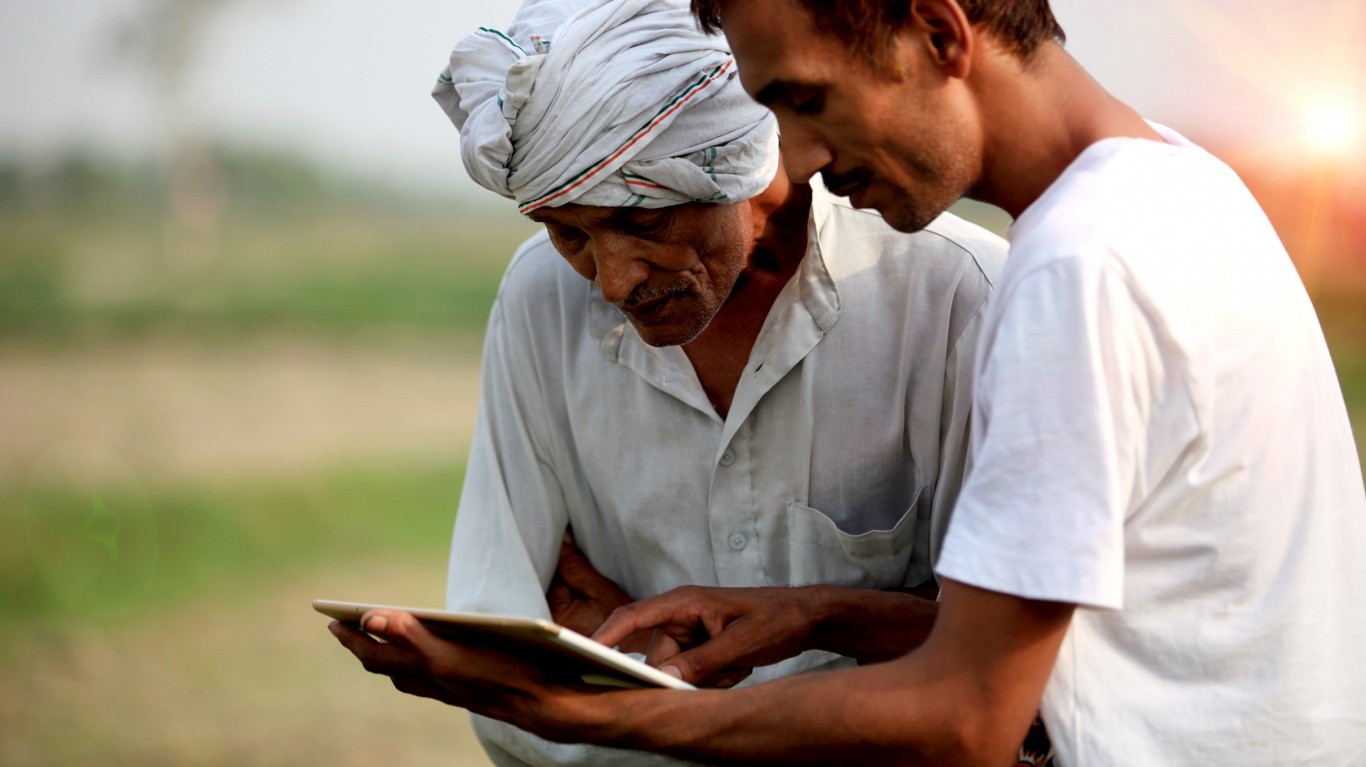
If you are concerned about the plight of people enduring these conditions, here are some things you can do:
Credit card companies are at war, handing out free rewards and benefits to win the best customers. A good cash back card can be worth thousands of dollars a year in free money, not to mention other perks like travel, insurance, and access to fancy lounges. Our top pick today has pays up to 5% cash back, a $200 bonus on top, and $0 annual fee. Click here to apply before they stop offering rewards this generous.
Flywheel Publishing has partnered with CardRatings for our coverage of credit card products. Flywheel Publishing and CardRatings may receive a commission from card issuers.
Thank you for reading! Have some feedback for us?
Contact the 24/7 Wall St. editorial team.